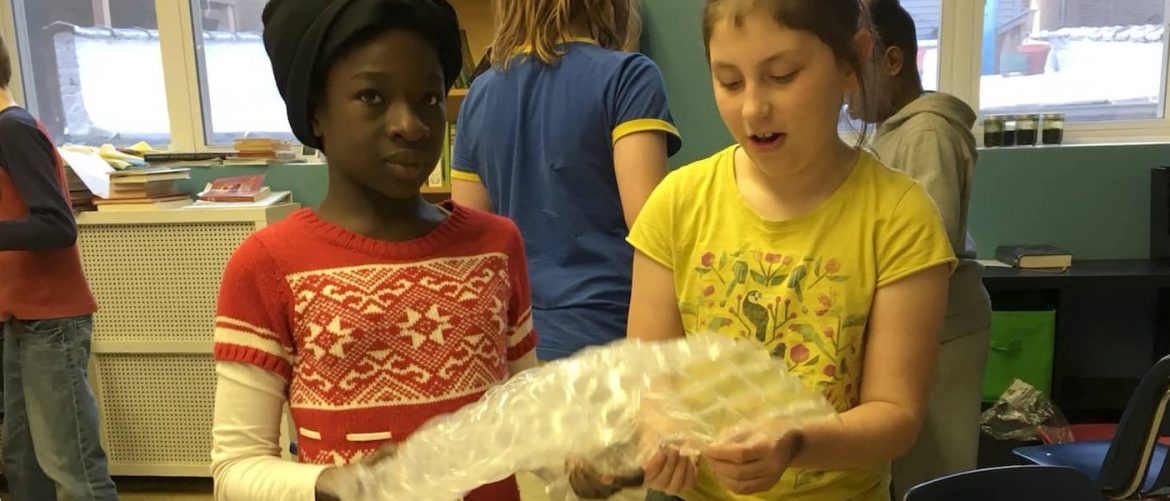Students in Middle School are learning about their connection to the world. Events take place around them, or to them, and understanding that they have control over these forces is new. In my 5-6th grade class, we try to leverage this desire to connect whenever we can. We use it in Social Studies for students who are learning to see the operation of government as less distant or unknowable. We use it in Reading/LA for students who are trying to see the intent of the author beyond the words on the page. We are using it in science and engineering class to help students realize that the problems of the world can be solved, and the wild thinking required to do so should be practiced.
Those who have read my posts have some exposure to how we do this. Problems are introduced, the nature of the problem is defined, criteria for success are established, and then we go to work. A successful project addresses the problem as defined, is built to the criteria, and then tested to determine if they are reached.
Our current project takes us to Tanzania, where the majority of domestic travel happens by rail. Train cars get outrageously hot in that climate. First class may have air conditioning, but for most the ride can be sweltering to the point of peril. Death by dehydration and overheating are common.
We’ve been learning about the forces that heat and cool the earth, and we have some tricks up our sleeve. Conductive materials transmit thermal energy through solids from areas of higher to lower temperature. Radiation does so through gas or liquids. Evaporation has a cooling effect as liquids change phase to gas. All of these forces can be used to cool a rail car – especially one traveling at 40mph.
We run tests to determine the conductive properties of metal. We model and test the effects of an evaporative system in front of a moving rail car (in this case an enclosed tube with a fan pointed at it). We provide a control by plotting the temperature increase and decrease of a closed rail car. Then we use this knowledge to build.
Models aren’t perfect. I don’t spoon feed ideas or help with craftsmanship. Our work sometimes looks like it was build by children, because hey, it was. But we get demonstrable results. Aluminum pillars fanned out to maximize surface area really do conduct heat. A wet membrane draped over openings to the rail car really do reduce the interior temperature.
Students begin skeptical of what they can achieve. They get less so.


Alex Randhava
Alex Randhava taught middle school at Chicago Friends School from 2017 to 2019.